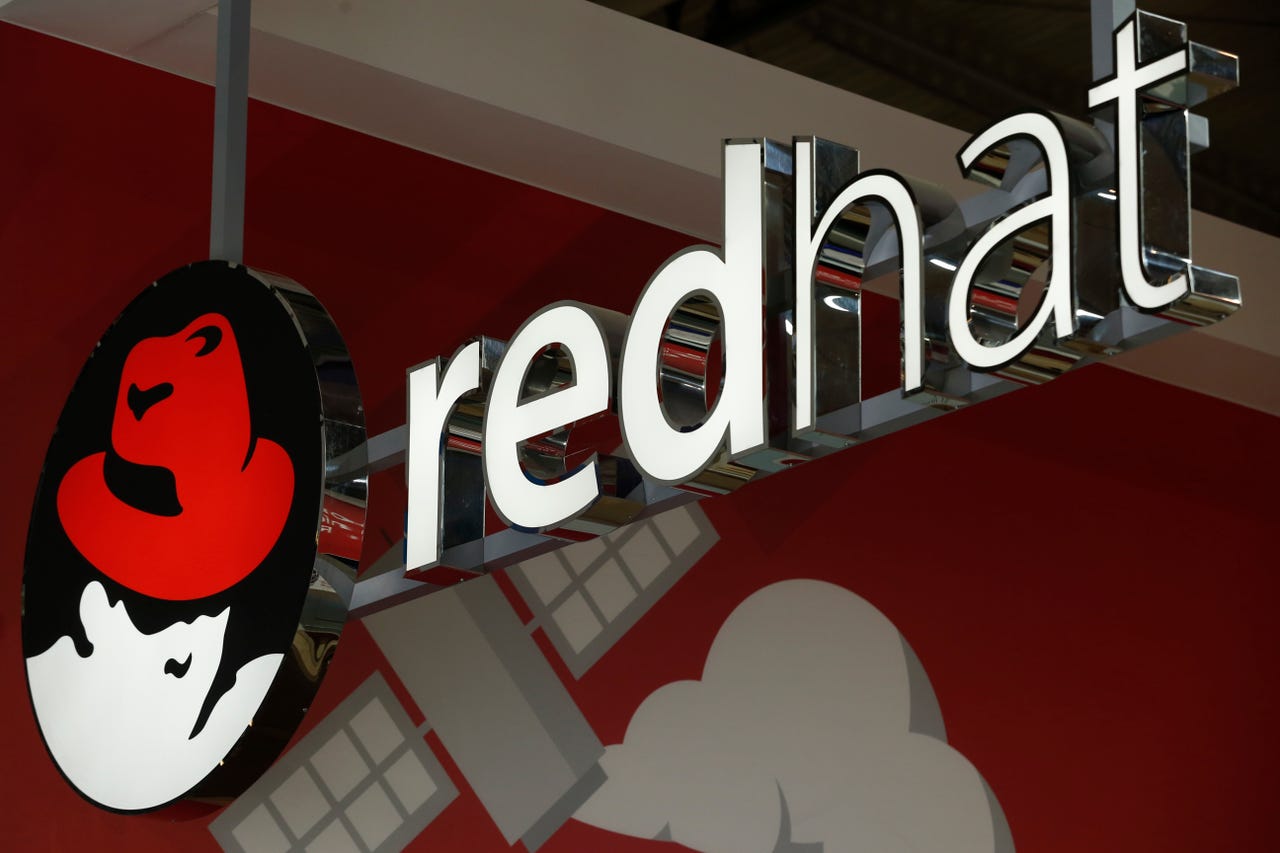































 Getty Images
Getty Images In a move many will find surprising, Red Hat announced that Paul Cormier, the company's CEO and president since 2020, is stepping over to become chairman of the board. Matt Hicks, a Red Hat veteran and the company's head of products and technologies, will replace Cormier as president and CEO.
It had been rumored at May 2022's Red Hat Summit that Cormier, who had been with Red Hat for over 14 years, might retire soon. That rumor wasn't true, but he is moving to a "somewhat" less demanding position.
That said, as Stephanie Wonderlick, Red Hat's VP of Brand Experience + Communication, said, "I don't think Red Hat would have become Red Hat without Paul Cormier."
Wonderlick's right. In 2003, when Cormier was Red Hat's VP of engineering, he led the company to leave behind its early inexpensive distribution, Red Hat Linux, to move to a full business Linux: Red Hat Enterprise Linux (RHEL).
This was not a popular move. Cormier said later that many "engineers at the time didn't care about a business model. They wanted to work on Red Hat Linux. We had some level of turmoil inside the company with going to this new model. Some engineers left, but more stayed." Users didn't like it one darn bit, either. They saw Red Hat as abandoning its first customers. Enterprise customers saw it differently.
As Jim Whitehurst, who took over Red Hat's reins in 2008, said, "Once RHEL was in the market, we had to support it full stop to make it truly consumable for the enterprise." They did so, and Red Hat was on its way to becoming the first billion-dollar pure-play open-source company.
Today, RHEL is the industry's leading enterprise Linux platform. It is used by more than 90% of Fortune 500 organizations and touches $13 trillion in global business revenues in 2022.
Since Red Hat's acquisition by IBM in 2019, Cormier has been instrumental in helping Red Hat grow while delicately maintaining its market neutrality with its IBM ownership.
As for Hicks, he's a popular figure in the company. He's known as a hands-on leader. Hicks joined Red Hat in 2006 as a developer working on porting Perl applications to Java.
That is not the start one thinks of for a future CEO! Hicks knows it. He said in a note to Red Hat employees that he'd "never imagined that my career would lead me to this moment. If I had followed my initial path, not raised my hand for certain projects, or shied away from contributing ideas and asking questions, I might not be here. That is what I love about Red Hat, and it's something that differentiates us from other companies: nothing is predetermined; we're only limited by our passion and drive to contribute and make an impact."
So it was that he quickly rose to leadership positions. In particular, thanks to his work with Red Hat OpenShift, he saw Red Hat move from being primarily a Linux powerhouse to a hybrid cloud technology leader as well.
Hicks, now in charge, said in a statement, "When I first joined Red Hat, I was passionate about open source and our mission, and I wanted to be a part of that. I am humbled and energized to be stepping into this role at this moment. There has never been a more exciting time to be in our industry, and the opportunity in front of Red Hat is vast. I'm ready to roll up my sleeves and prove that open-source technology truly can unlock the world's potential."
He also said, Together, [IBM and Red Hat] can really lead a new era of hybrid computing. Red Hat has the technological expertise and open-source model -- IBM has the reach."
Cormier's new role will focus on "moving forward to help customers drive innovation forward with a hybrid cloud platform built on open-source technology. Open-source technology has won the innovation debates, and whatever the future looks like, it's going to be built on open-source technology, and Red Hat will be there.
Moving ahead, Cormier will continue to work alongside IBM chairman and CEO Arvind Krishna. Both Cormier and Hicks will report to Krishna. As for day-to-day work, Hicks said, "I'm here to do the work with you. Let's roll up our sleeves together, embrace these values and earn the opportunity ahead of us."
See also
 Etiquetas calientes:
negocio
Etiquetas calientes:
negocio